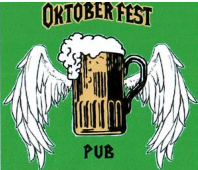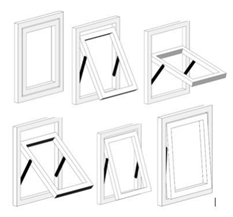2025年2月11日
Brands Update - February 2025 – 1 / 4 观点
Brands Update: quick read
Related Insights

品牌与广告业
点击此处了解更多
EU General Court in TESTAROSSA: genuine use threshold lowered for second-hand sales
2025年11月18日
In-depth analysis
作者 Adeolu Faniran 以及 Louise Popple

品牌与广告业
点击此处了解更多
easyGroup v Premier Inn: Court rejects family of marks monopoly and clarifies section 10(3) protection
2025年11月18日
In-depth analysis
作者 Louise Popple 以及 Moira Sy

品牌与广告业
点击此处了解更多
Mercedes radiator grille found to be distinctive
2025年11月18日
Quick read
作者 Louise Popple 以及 Ellie Harrison






